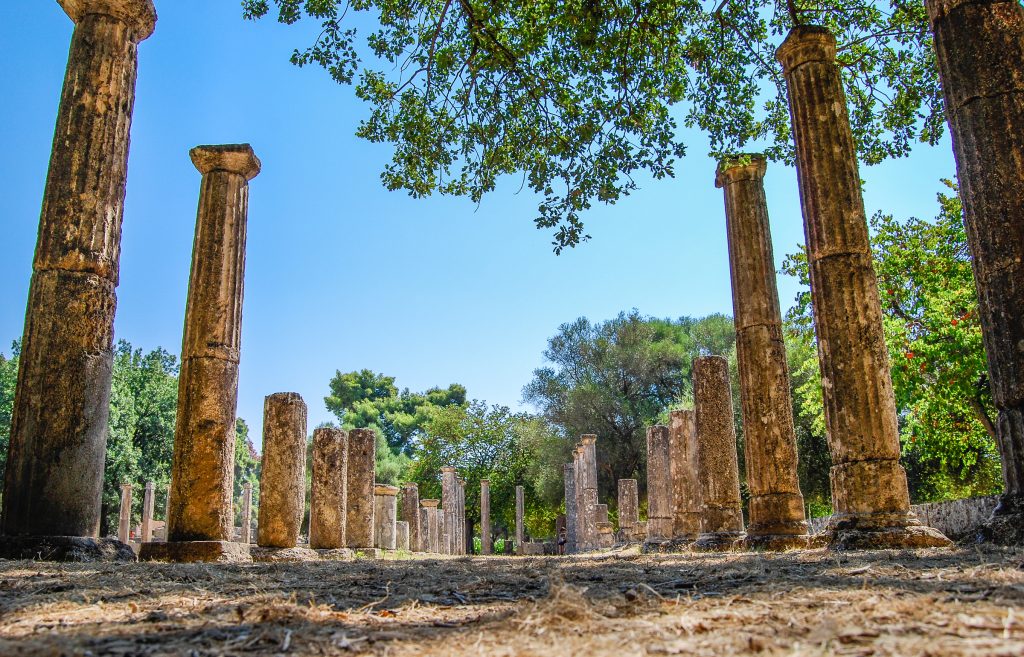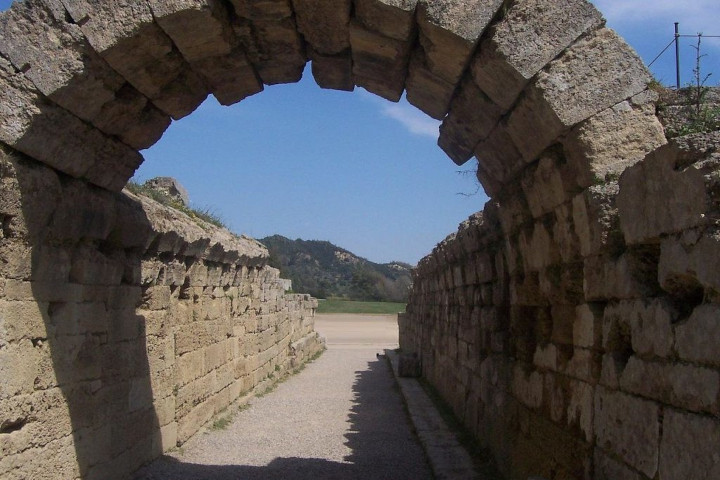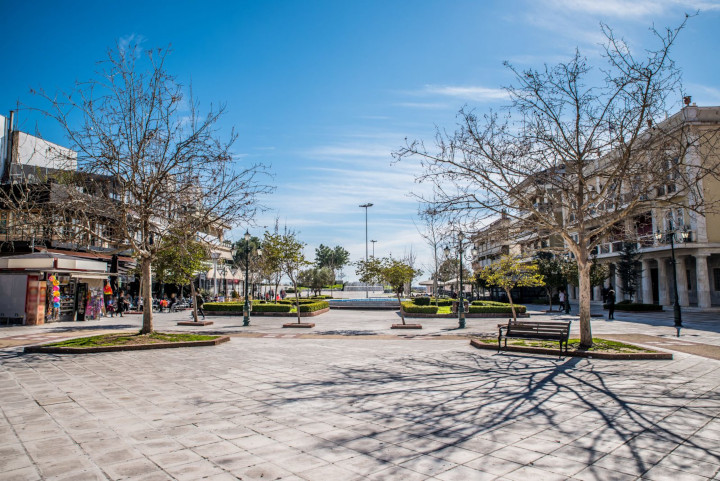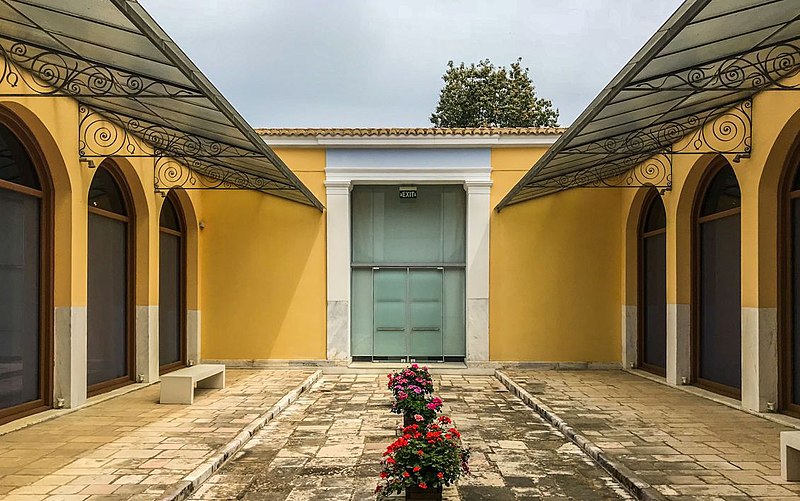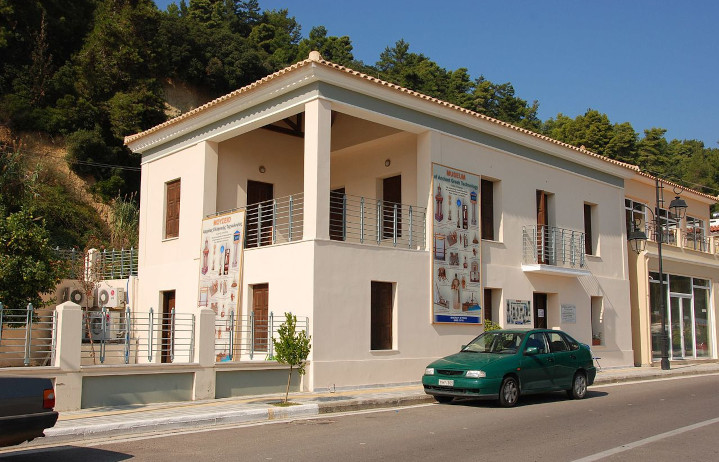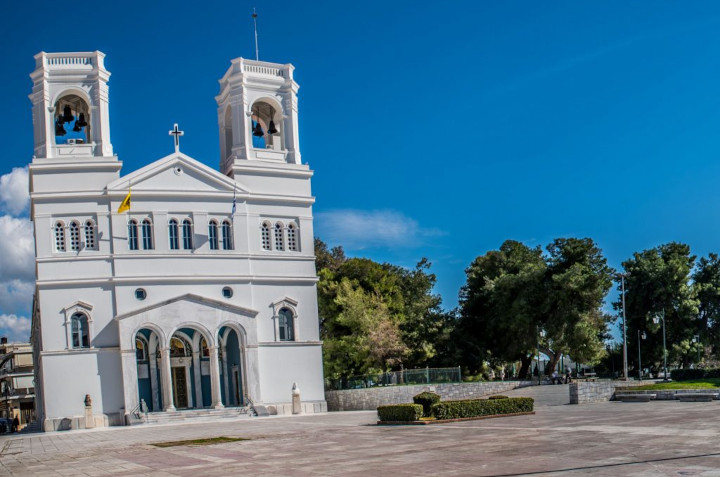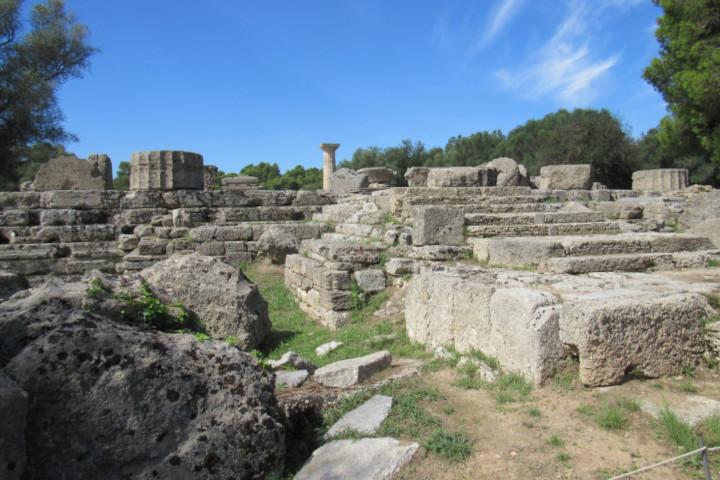Stadium at Olympia
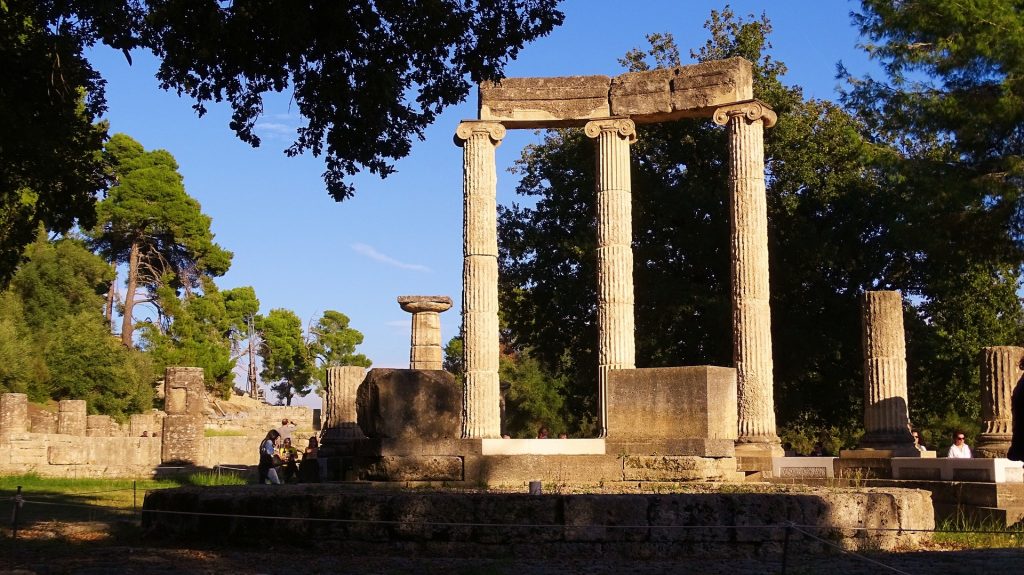
The Ancient Stadium of Olympia was a holy place for the ancient Greeks, where all the sports were held dedicated to Zeu. Originally, the stadium was constructed in such a manner that spectators could view the events from the slopes of Mount Cronion. But the stadium was gradually moved further east, and eventually, it was placed outside the temple of Zeus.
The stadium had a capacity of almost 20,000 spectators and almost all seats were made of mud while only a few of them were created especially for the officials. There was a vaulted passageway that connected the stadium and the sanctuary. The ancient stadium also used to host the Heraia Games, which were games for women, held in honor of the goddess Hera. The racetrack of the stadium is over 200 meters long and nearly 30 to 34 meters wide.
Pyrgos
In the 1510s, during Ottoman rule over Greece, a villager from Kalavryta decided to move and reform the area of Pyrgos which up until then was uncultivated. During this reformation he found in a well a large amount of gold ancient coins which he delivered to the Sultan as the rightful owner. The Sultan, Selim I, in order to honor his integrity named him ruler of the region (1512) and gave him a great acreage expanding from Alfeios river until the village Agios Ioannis which is located near Katakolo (the main port of the Elis region). This area was encompassing today’s Pyrgos and was uninhabited. According to the stories the new ruler built a great tower on a hill in order to supervise his fields and his flocks. This was the first settlement of the area.
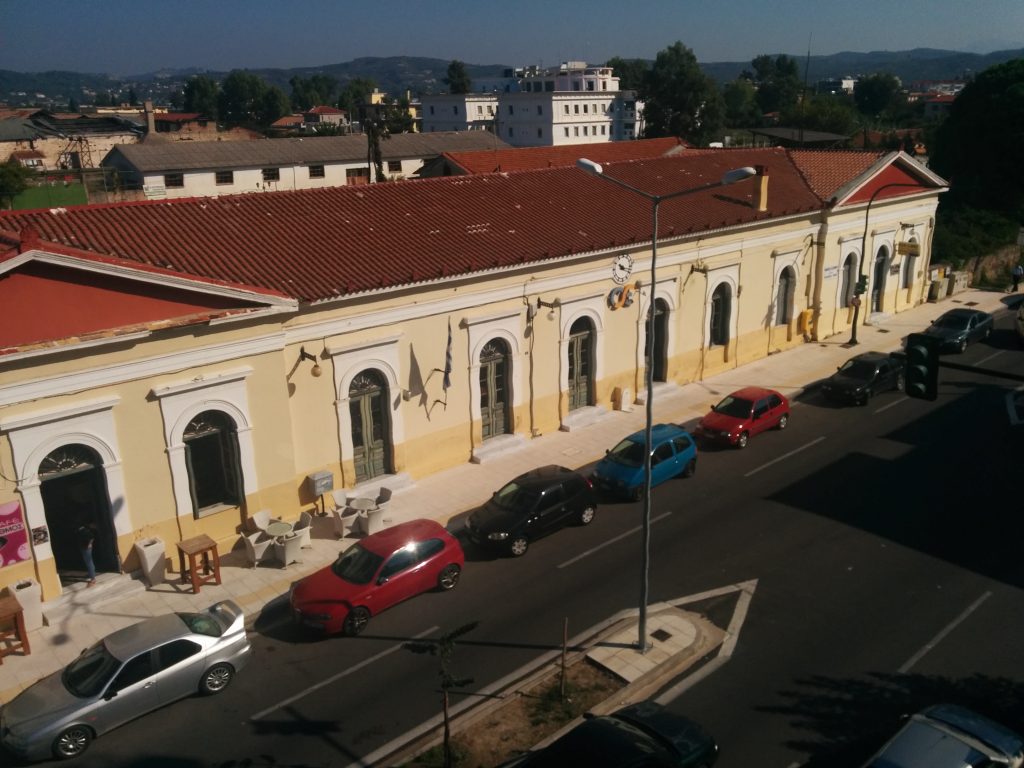
Temple of Hera
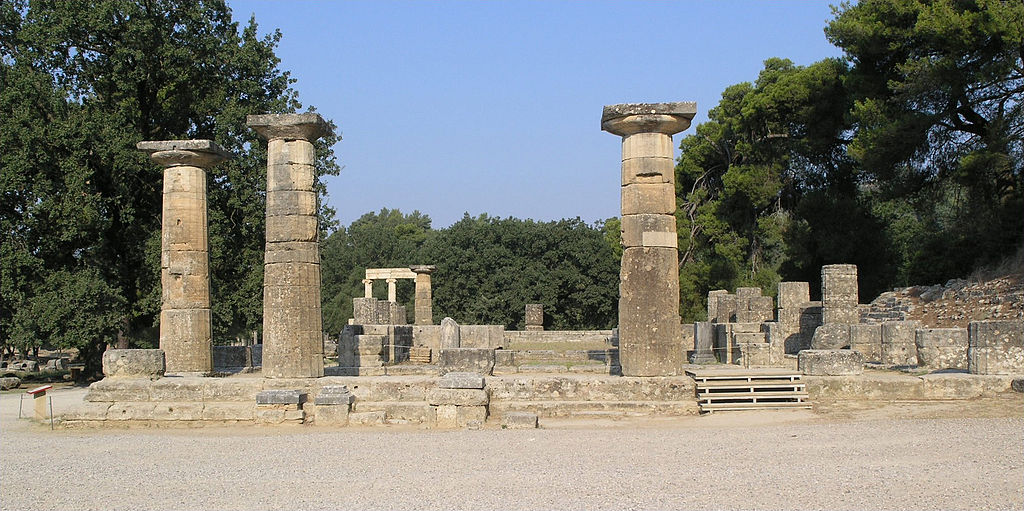
The Temple of Hera, or Heraion, is an ancient Archaic Greek temple at Olympia, Greece, that was dedicated to Hera, queen of the Greek gods. It was the oldest temple at Olympia and one of the most venerable in all Greece. It was originally a joint temple of Hera and Zeus, chief of the gods, until a separate temple was built for him. It is at the altar of this temple, which is oriented east-west, that the Olympic flame is lit and carried to all parts of the world. The torch of the Olympic flame is lit in its ruins to this day. The temple was built in approximately 590 BC, but was destroyed by an earthquake in the early 4th century CE.

